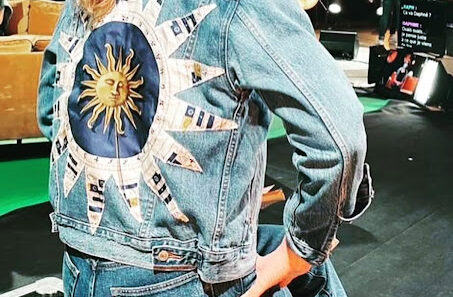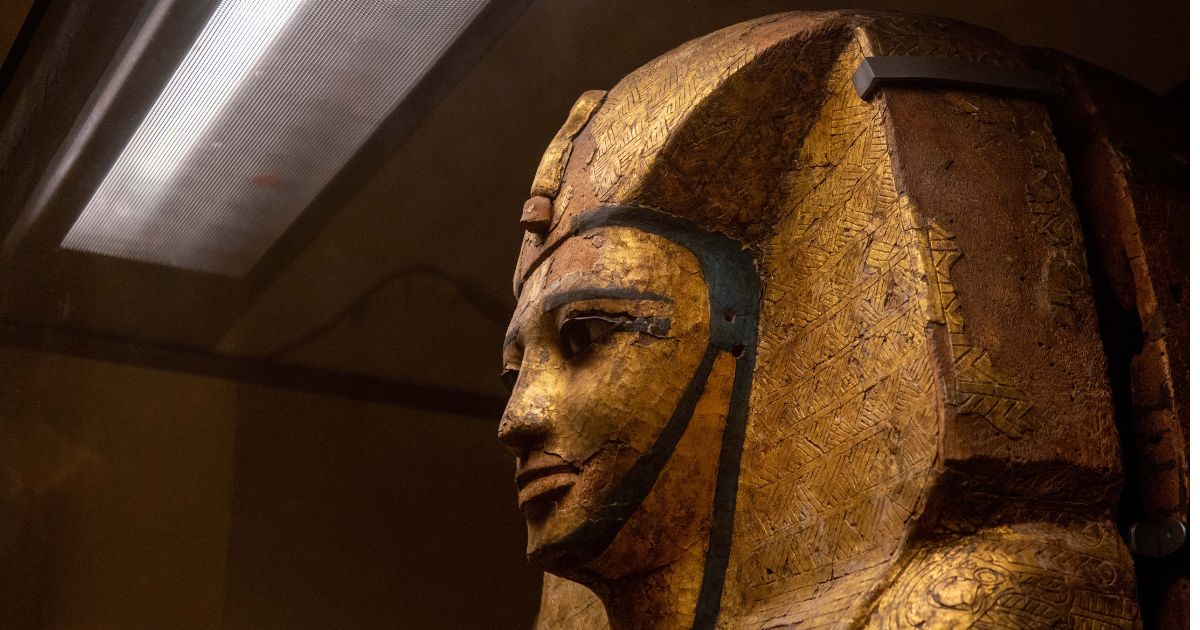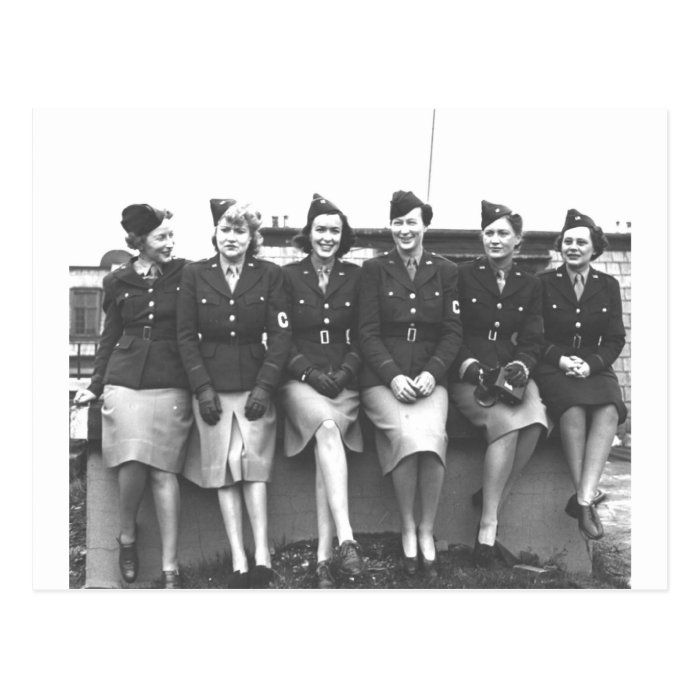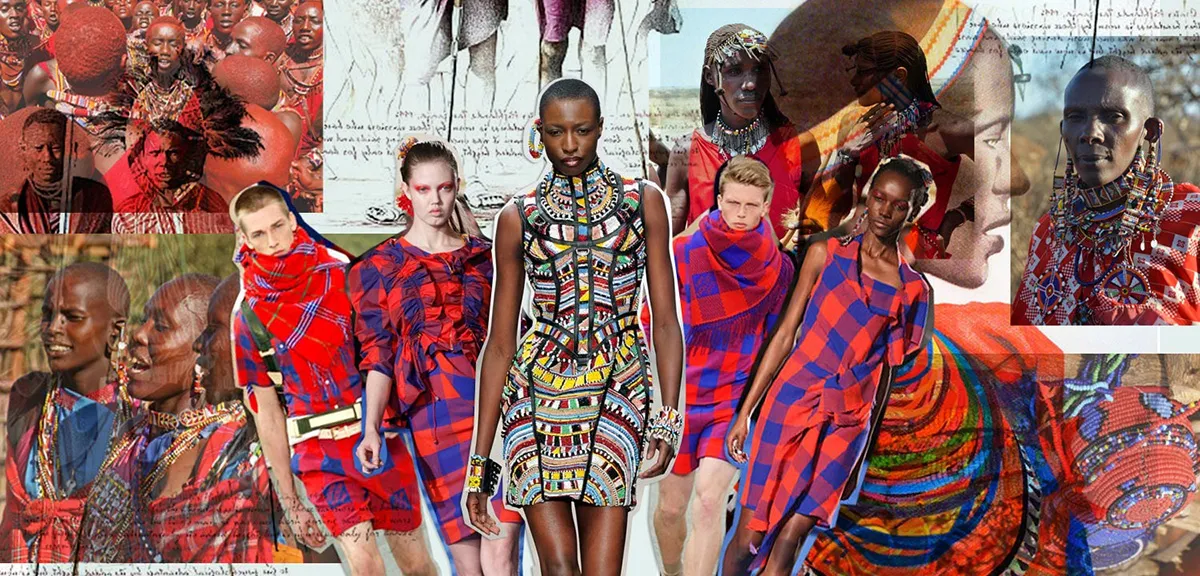The charm of Chanderi fabric- especially Chanderi sarees is celebrated widely amongst the connoisseurs of fine handloom products. Chanderi fabric, originating from the small town of Chanderi in Madhya Pradesh is globally renowned for its rich cultural history, luxurious texture, and elaborately crafted motifs. It is a testament to India’s rich cultural heritage with a history spanning centuries, weaving together an intricate tapestry of craftsmanship and tradition.
The Ancient Origins
The word ‘Chanderi’ comes from the Chanderi Town of Ashok Nagar district in Madhya Pradesh which rose to a prominent position around the 11th century as it became an important trade route for the traders or Gujarat, Mewar and Deccan regions. This strategic positioning facilitated the exchange of weaving techniques, materials, and cultural influences, further enriching the fabric’s heritage.
Another interesting fact about Chanderi comes from the Vedic scriptures that suggest the fabric was introduced by Lord Krishna’s evil cousin- Shishupal. This early reference highlights the ancient roots and longstanding cultural significance of Chanderi fabric.
The Mughal Influence
Throughout the Mughal reign in India, admiration of Chanderi fabric achieved great height and was the most demanded choice among queens. The Mughals were enamoured by the fabric’s sheer texture and delicate patterns, often adorned with motifs of flora and fauna, which reflected the Mughal aesthetic.
The Evolution in the 19th and 20th Centuries
The evolution of Chanderi fabric took a significant turn in the 1890s when the weavers in Chanderi replaced hand-spun yarn with mill-made yarn which improved the fabric’s durability and made it more accessible. By the beginning of the early 20th century, Scindia’s royal family patronized Chanderi sarees for their elegance and beauty. During this period, Chanderi fabric was introduced to the golden thread motif, which was its first adoption to cotton muslin saree.
During the 1930s, weavers in Madhya Pradesh came across Japanese silk, which revolutionized the fabric further. They began to replace the cotton warp in sarees with Japanese silk, giving rise to Chanderi silk sarees. This innovation blended the traditional with the contemporary, enhancing the fabric’s appeal and broadening its usage.
Revival and Contemporary Relevance
Despite its historical significance, Chanderi fabric faced a period of decline during the British colonial era. The introduction of machine-made textiles and changing fashion trends led to a reduced demand for handwoven fabrics. However, the post-independence period saw a revival of traditional crafts, with Chanderi fabric regaining its prominence.
Government initiatives, along with efforts from non-governmental organizations and fashion designers, have played a crucial role in the revival of Chanderi fabric. The establishment of cooperatives and training programs has empowered local weavers, ensuring the sustainability of this age-old craft.
The Global Appeal
Originally, Chanderi fabric was used primarily for designing sarees. However, with the evolution of fashion, it is now used to create various outfits like indo-western garments, tops, and more. Beyond clothing, Chanderi fabric is also utilized in home decor items such as curtains, cushion covers, and table runners, adding a touch of elegance to interiors.
Chanderi fabric has transcended national boundaries, earning recognition in the global fashion industry. International designers and fashion houses have showcased Chanderi fabric in various fashion weeks, highlighting its versatility and elegance. The fabric’s lightweight texture and intricate patterns have made it a favourite for summer collections, appealing to a global audience.
The global appeal of Chanderi fabric is also evident in the growing demand for sustainable and ethically-produced textiles. As consumers become more conscious of their fashion choices, the emphasis on handcrafted, sustainable fabrics has increased. Chanderi fabric, with its rich heritage and eco-friendly production methods, aligns perfectly with this trend, making it a sought-after choice for conscious fashion enthusiasts.
Geographical Indication (GI) Tag
In recognition of its unique heritage and craftsmanship, Chanderi fabric was granted the Geographical Indication (GI) tag in 2005. The GI tag for Chanderi fabric not only acknowledges its historical and cultural significance but also protects it from imitation and ensures that the authentic craftsmanship is preserved. This certification has helped boost the fabric’s marketability and has provided a much-needed economic boost to the artisans of Chanderi.
Challenges and the Way Forward
Despite its resurgence, the Chanderi weaving industry faces several challenges. The competition from machine-made textiles, fluctuating market demands, and the economic instability of weavers are significant hurdles. Additionally, the younger generation’s reluctance to pursue traditional crafts poses a threat to the continuity of Chanderi weaving.
Addressing these challenges requires a multifaceted approach. Promoting Chanderi fabric through digital platforms, ensuring fair wages for weavers, and integrating modern design elements to appeal to younger audiences are some crucial steps that can be taken to revive the traditional attire and craftsmanship. Collaborative efforts between government bodies, NGOs, and the fashion industry can create a sustainable ecosystem for Chanderi weavers.
Conclusion
Chanderi fabric, with its rich history and unparalleled craftsmanship, is a symbol of India’s textile heritage. Its journey from the ancient looms of Chanderi to the global fashion runways is a testament to its timeless appeal. By preserving and promoting this exquisite fabric, we can ensure that the legacy of Chanderi continues to thrive, weaving a tapestry of tradition and innovation for future generations. The GI tag stands as a guardian of this heritage, ensuring that the authenticity and quality of Chanderi fabric remain intact for years to come.
Author: Vaidehi Sharma
Edited By: Apoorva Mehta
















